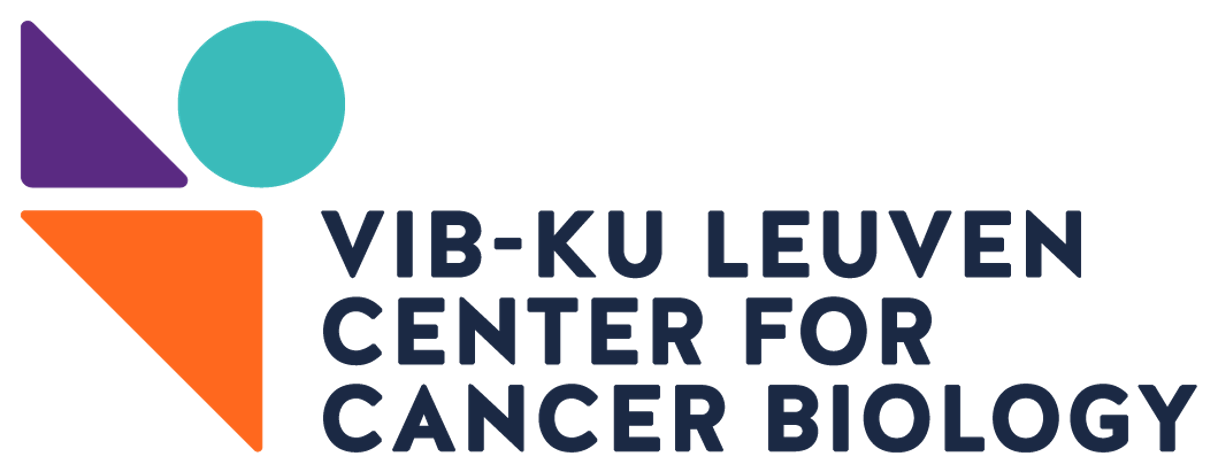Research
Laboratory for Intravital Imaging and Dynamics of Tumor Progression
We study the dynamics of tumor progression at multiple scales ranging from the molecular level to the organ level. During this process, the affected organ transforms from a highly organized and functional structure into a disorganized and dysfunctional assembly of cells. Our goal is to understand how healthy tissue architecture is involved in this dynamic process of tumorigenic transformation.
Tissues have several barriers to protect themselves against damage or mutation accumulation and subsequent (pre-)malignant transformation. Although the most obvious protection against malignant transformation is to be post-mitotic, even epithelial tissues with high turnover are well protected against oncogenic mutation accumulation.
- The first barrier is the cellular organization: many tissues are organized in a hierarchical manner, with a minority population of self-renewing stem cells giving rise to a large population of short-lived differentiated cells. Since the vast majority of cells is short-lived, mutations in these cells will eventually be lost. Only when mutations occur in one of the few stem cells, the mutation can be retained in the tissue.
- Fortunately, tissues do not depend on just one stem cell, and at the multi-cellular level stem cells continuously compete for niche signals and space., As a result of this stem cell competition, mutant stem cells can be outcompeted against wild-type stem cells and will eventually be lost due to tissue turnover, which provides a second barrier against mutation accumulation.
- Even if a mutation confers a survival advantage and is retained in the stem cell compartment, tissues are often compartmentalized into distinct stem-progenitor cell units (for example the intestinal crypt or hair follicle), which strongly limits the expansion of such a mutant cell clone.

In order for a tumor to initiate, progress, and eventually metastasize, these natural tissue barriers are overruled by the cancer cells. However, little is known about the mechanisms and dynamics by which transformed cells eliminate, rearrange or adopt the existing tissue structures. To investigate the dynamics of these complex tissue rearrangements, we develop and use state-of-the-art imaging techniques, such as whole organ 3D imaging, and high-resolution intravital microscopy and combine these techniques with the latest genetic mouse models. To gain visual access to the tissues we use small imaging windows that can be surgically implanted into mice. These windows enable visualization of the behavior of individual tumor cells within the tissue context. Moreover, malignant transformation can be followed at the single cell level in real-time within the primary tumor or at distant organs over a period of several days to weeks.
Using these techniques, we previously studied the intricate process of organ development in branched organs, such as the mammary gland and the kidney (Scheele et al., Nature 2017; Hannezo et al., Cell 2017). We uncovered the location and number of the stem cells that drive mammary gland development and were able to visualize stem cell behavior and dynamics for the first time in vivo. Now that we understand the basic principles that drive branched organ formation, we will take it a step further and disentangle the dynamics of failure of these organs due to genetic defects, tissue damage, or mutation accumulation and subsequent tumor formation.
To fully understand the complex interplay between healthy tissue organization and malignant transformation, just visualization is not enough. Therefore, our lab combines imaging approaches with lineage tracing techniques to obtain quantitative information on cellular behavior, as well as more detailed molecular analysis to further understand the molecular networks involved in (pre-)malignant transformation.
Better understanding of the interplay between healthy tissue structure and transformed cells will give us new insights into how tissue architecture can either prevent or promote tumor initiation and progression. Ultimately, we aim to use these new insights to explore new therapeutic strategies that could delay or even prevent tumor progression.
Technology
Intravital microscopy
3D whole organ imaging
Genetically Engineered Mouse Models
Patient-Derived Tumor Xenografts
Lineage tracing
